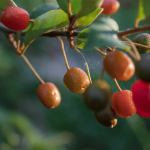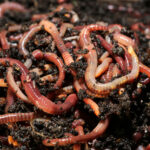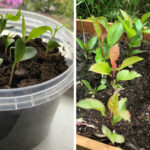Plants for Erosion Control: Stabilizing Your Landscape
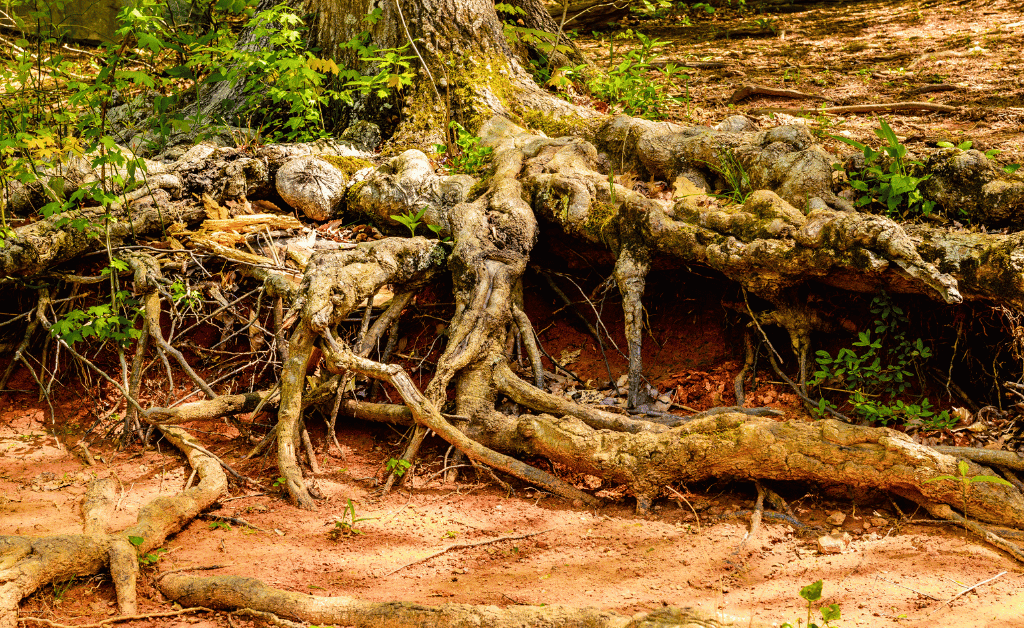
Erosion is a natural process that can wreak havoc on your landscape, especially in areas with steep slopes or heavy rainfall. Thankfully, there are a variety of plants that can help control erosion and stabilize your landscape. In this article, we will discuss some of the best plant species for erosion control, as well as sustainable practices that can be implemented in your garden.
Hardy Groundcovers for Erosion Control
One of the best ways to combat erosion is to plant hardy groundcovers. These low-growing plants help to hold soil in place and prevent it from washing away during heavy rain or wind. Some excellent groundcover options for erosion control in USDA Zone 7 and similar climates include:
- Lingonberries – A Scandinavian native, lingonberries are a low-growing evergreen shrub that produces tart, red berries. They thrive in acidic soil and can be grown in both sun and partial shade.
- Goumi berries – These nitrogen-fixing shrubs are a fantastic choice for erosion control, as they not only help to stabilize the soil but also enrich it with essential nutrients.
- Strawberries – While typically grown for their delicious fruit, strawberries also make an effective ground cover. Raised bed gardening is ideal for growing strawberries and controlling erosion.
Beneficial Shrubs and Trees for Erosion Control
Shrubs and trees with extensive root systems can help anchor the soil and reduce erosion. Here are some great options for your landscape:
- Red and black raspberries – These berry-producing shrubs are well-suited to Scandinavian climates and can help control erosion while providing a delicious harvest.
- American chinquapin – A dwarf chestnut species, the American chinquapin is an excellent choice for erosion control due to its strong root system.
- Red and black mulberries – Mulberry trees are known for their extensive root systems, making them a great choice for erosion control. They can be grown in USDA Zone 3-9, providing delicious fruit in addition to their soil-stabilizing benefits [Black Mulberry, Red Mulberry].
“The best time to plant a tree was 20 years ago. The second best time is now.”
– Chinese proverb
Sustainable Practices for Erosion Control
In addition to planting erosion-controlling species, incorporating sustainable practices into your landscape can help minimize erosion. These practices include:
- Hugelkultur – A form of raised bed gardening that involves burying logs and other organic materials under a layer of soil, hugelkultur beds can help to control erosion and improve soil health. One can also have sunken hugelkultur beds.
- Nitrogen fixation – Planting nitrogen-fixing species, such as goumi berries or some other certain perennials, can help to enrich the soil and improve its structure, making it more resistant to erosion.
- Composting – Incorporating compost into your garden can help to improve soil structure and water retention, reducing the likelihood of erosion. Both hot and cold composting methods can be utilized for this purpose.
- Terracing – Creating terraces on slopes can help to slow down water runoff and reduce erosion. This can be done using a combination of plants and hardscaping materials, such as stones or logs.
- Planting native species – Native plants are often better adapted to local soil and climate conditions, making them more effective at controlling erosion. In addition, they can provide valuable habitats for pollinators and other beneficial insects [Shrubs for Pollinators – Trees for Pollinators ].
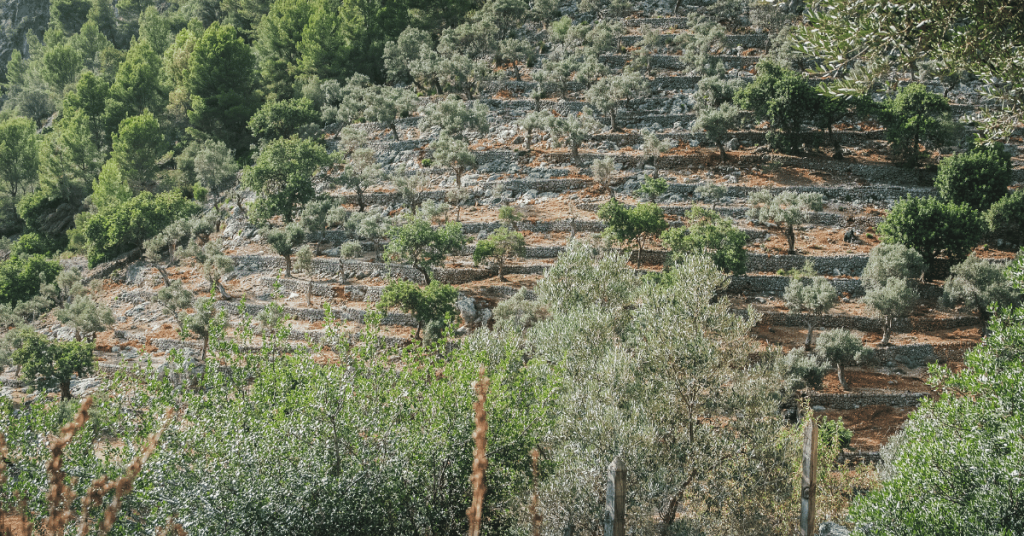
Conclusion
Erosion control is an essential aspect of sustainable gardening and landscape management. By choosing the right plants and implementing sustainable practices, you can help to stabilize your landscape, protect soil health, and create a thriving ecosystem in your garden. Remember to consider factors such as climate, soil type, and the specific needs of your landscape when selecting erosion control plants and techniques. By doing so, you’ll be well on your way to creating a beautiful, sustainable garden that supports both people and the environment.


